New times bring new methods, new methods bring new findings. Who knows, perhaps Jack the Ripper would have been caught if the criminal techniques of fingerprint and DNA analysis had been available in 1888 when he committed his murders. Even before Jack the Ripper’s time, the many, many local forms of the common panchax (Aplocheilus panchax), which is found from central India to Laos and across the entire Indonesian archipelago, were debated as to whether they really all belong to the same species.
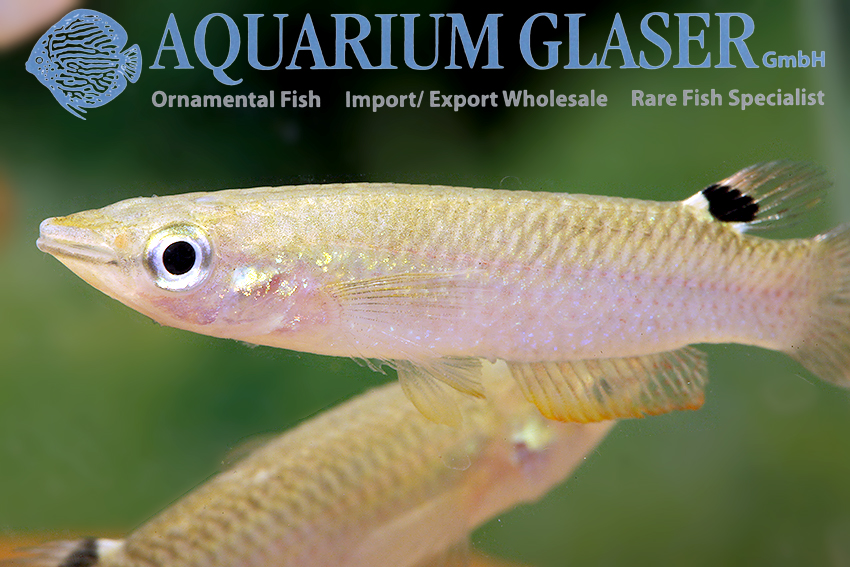
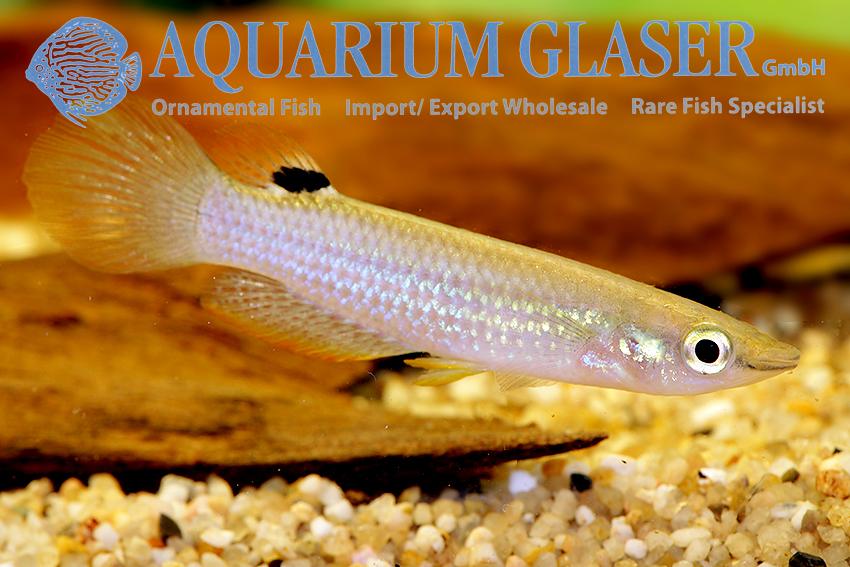
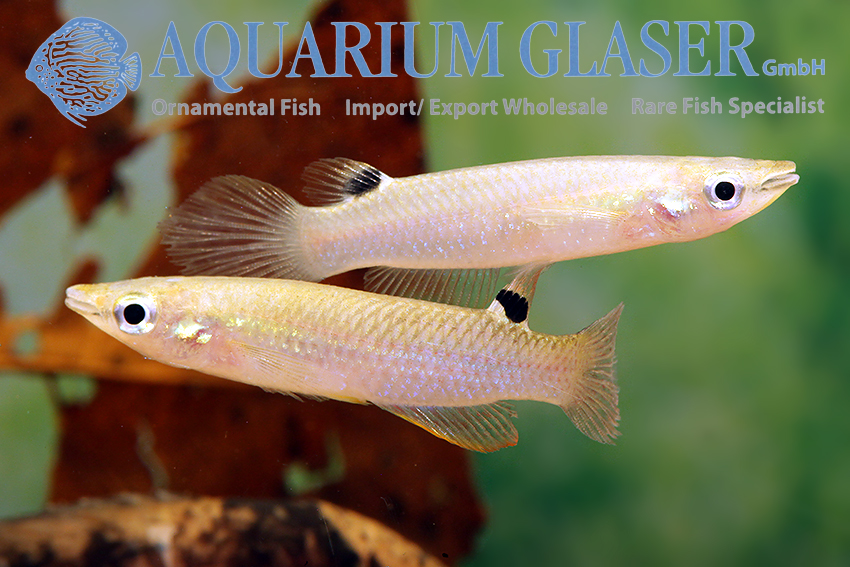
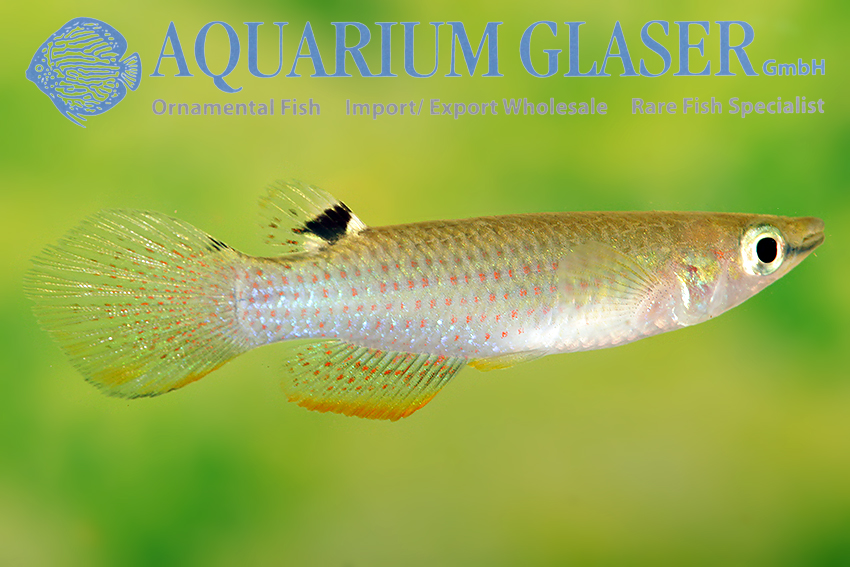
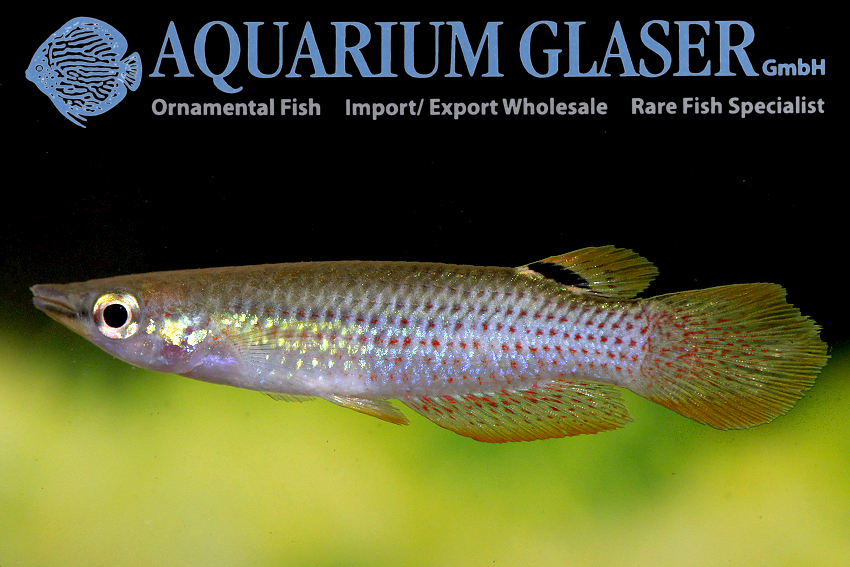
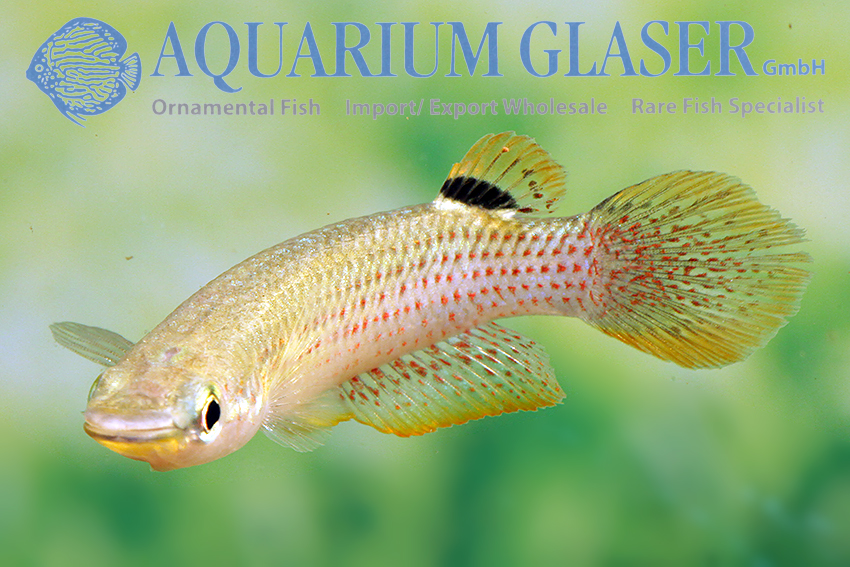
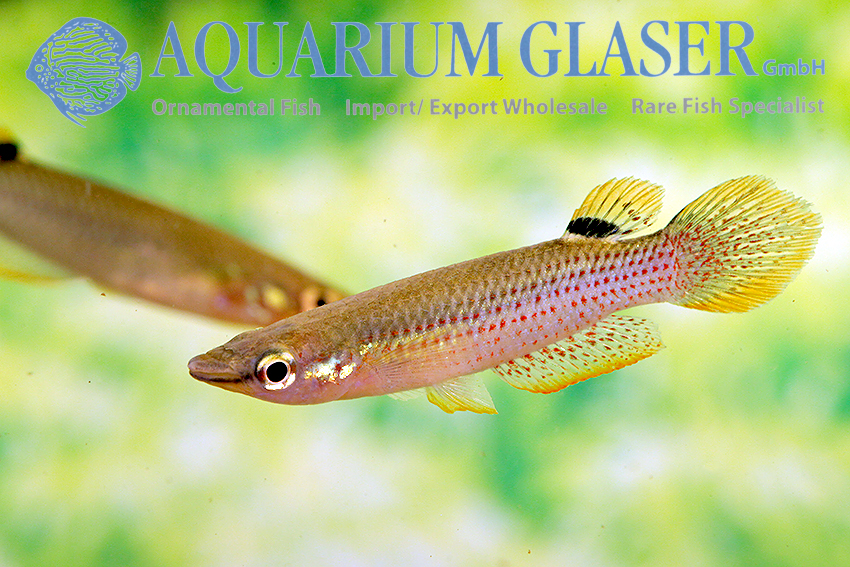
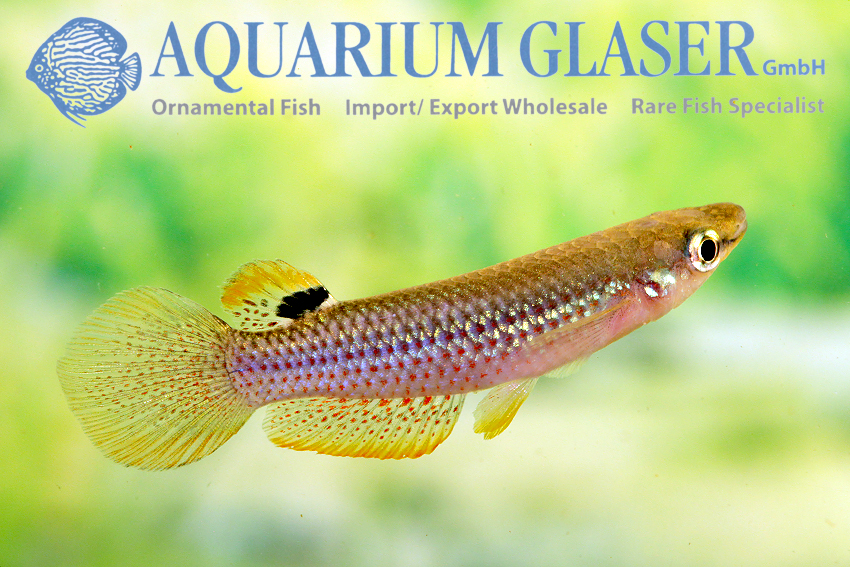
The current opinion is that there are three genetically distinguishable species (by DNA analysis), namely A. andamanicus, which is endemic to the Andaman and Nicobar archipelago (i.e. only found there), the Indian A. panachax and the Southeast Asian A. armatus. The latter name was coined in 1823 and, according to current knowledge, is the oldest available for this form.
Aplocheilus armatus is widespread in Southeast Asia: Parts of Burma, Thailand, Vietnam, Laos, Cambodia, Malaysia, Singapore and Indonesia. But is this the last word in wisdom? This may be doubted, as A. armatus also looks quite different locally, just like A. panchax. There are no reliable external distinguishing features between A. armatus and A. panchax, only genetic ones. The population of A. armatus that we can currently offer from Thailand differs from typical A. panchax by the absence of the black border of the caudal fin and by the fact that it has no shiny silver spot on the occiput. You can find pictures of typical A. panchax here: https://www.aquariumglaser.de/en/18-toothcarps-killis-and-livebearers/aplocheilus-panchax-2/
In terms of care and breeding, A. armatus and A. panchax do not differ. They are beautiful, somewhat quarrelsome surface fish that grow to a length of 5-6 cm. Any common ornamental fish food is readily accepted and any tap water suitable for drinking is suitable for keeping them. The water temperature can be between 20 and 30°C.
For our customers: the fish have code 303103 on our stock list. Please note that we only supply the wholesale trade.
Text & photos: Frank Schäfer




